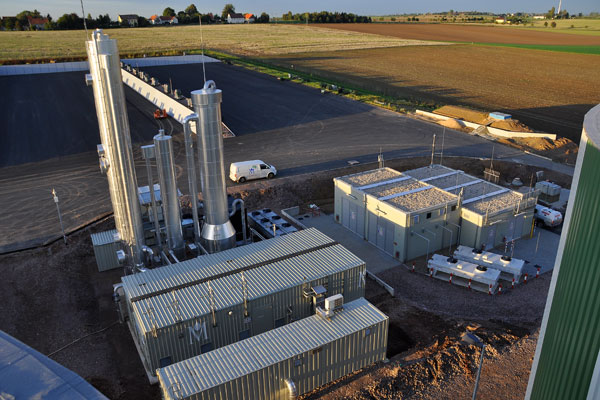 |
| Energy Minister Greg Barker said: “Our new reforms will create the framework for a far more dynamic and entrepreneurial market”. |
Energy Minister Greg Barker has tabled an amendment to the Energy Bill that will make it easier for independent generators of renewable electricity to sell their power to suppliers via Power Purchase Agreements, thereby improving their access to market.
Energy Minister Greg Barker said: “The Coalition is committed to driving much greater plurality, innovation and competition in the electricity market.
“Our new reforms will create the framework for a far more dynamic and entrepreneurial market, while still ensuring that we get the large scale investment that industry needs. Opening up the electricity market to more competition is a fundamental part of the reforms we are introducing through the Energy Bill.
“It will also allow new smaller players to gain a greater share of the exciting renewable electricity market.”
The amendment allows for the creation of an off-taker of last resort to be enabled, providing ‘back-stop’ power, providing greater certainty for renewable generators and investors.
Independent generators do not usually have a strong supply arm that sells electricity direct to consumers and have been finding it hard to enter the market, which is dominated by the ‘Big Six’ vertically integrated energy companies.
DECC says such companies "play an important role in helping to meet the country’s renewable energy targets, account for a significant chunk of the new energy infrastructure projects that are awaiting final investment decisions", and also introduce innovation and competition into the market.
The amendment would enable the Government to establish a scheme obliging suppliers to buy electricity from renewable generators under specified conditions if they were unable to agree a commercial contract. It would be used as a last resort, to strengthen routes to market and stimulate competition.
Detailed proposals will be developed and consulted on later this year.
Independent generators often sell their power to suppliers via power purchase agreements, and this is how they gain a route to market. The definition can cover a range of technologies and sizes.
Earlier this week DECC also published a draft delivery plan for Contract for Differences (CfDs) and the reliability standard of the future Capacity Market to guide how much capacity is auctioned in 2014 for delivery in 2018 to 2019.
Unveiling the plan, Secretary of State Ed Davey said it should "provide investors with further certainty of government's intent" to help incentivise up to £110 billion of funding for new electricity infrastructure by 2020.
Woodfuel conditions
DECC also issued a condition that new standalone biomass power plants will not be eligible for some subsidies unless they also generate heat, meaning many new plants could be cancelled, according to the Renewable Energy Association (REA), which represents large biomass generators. Gaynor Hartnell, its chief executive, said that combined heat and power (CHP) could not easily be retrofitted onto projects that had already been approved.
The move was welcomed by the Combined Heat and Power Association, which has lobbied in its favour. CHP is seen as much more efficient, as otherwise the heat goes to waste.
DECC also plans to restrict subsidies for biomass to 400MW per plant under the Renewables Obligation, which will operate until 2018.
The restriction does not apply to plants converting from coal-fired power, such as Drax, Britain's biggest power station. This means that large scale, controversial imports of wood pellets to Britain will continue, at least until the subsidies phase out in 2027.
On Wednesday, Mr Davey said that importing wood and burning it as biomass was not a long-term answer to the country's energy needs, leading to expectations that the government would reverse its support policy, but this has not materialised.
"This is something we already knew and does not mark a change in government policy," a Drax spokeswoman said.
DECC does believe that biomass is a transitional technology, "to be replaced by other, lower carbon forms of renewable energy in the medium to long term", it said in a statement.
Environmental groups are concerned that growth in Britain's bioenergy industry will mean the felling of virgin forests for fuel, a practice that was commonplace in Europe and North America before coal was used to power the industrial revolution. They are also worried that it takes 50 years to absorb from the atmosphere the carbon dioxide that is emitted during the burning of a tree.
Drax asserts that the woodfuel it imports has cut emissions in converted units by 80% compared with burning seaborne coal, and that it is certified as sustainable.
Last week, RWE npower said it would close a newly converted 750-megawatt biomass plant at Tilbury by July 21 because of a forecast drop in UK power prices and lack of capital from the Germany-based parent RWE.
Last year Drax also scrapped plans to build a new dedicated biomass plant on its site in North Yorkshire, due, it said, to insufficient government support.
Energy Minister Greg Barker said: “Our new reforms will create the framework for a far more dynamic and entrepreneurial market”.













